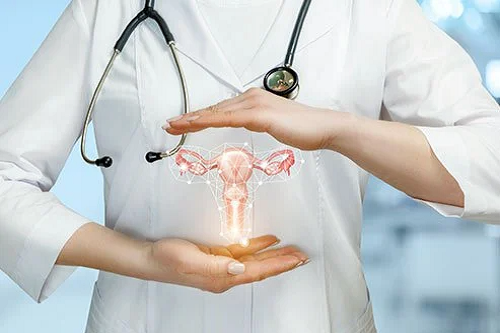Infertility

Infertility
If you and your partner are struggling to have a baby, you’re not alone. Infertility is defined as not being able to get pregnant despite having frequent, unprotected sex for at least a year for most couples.
Infertility may result from an issue with either you or your partner, or a combination of factors that prevent pregnancy. Fortunately, there are many safe and effective therapies that significantly improve your chances of getting pregnant.
Symptoms
The main symptom of infertility is not getting pregnant. There may be no other obvious symptoms. Sometimes, women with infertility may have irregular or absent menstrual periods. In some cases, men with infertility may have some signs of hormonal problems, such as changes in hair growth or sexual function.
Causes
All of the steps during ovulation and fertilization need to happen correctly in order to get pregnant. Sometimes the issues that cause infertility in couples are present at birth, and sometimes they develop later in life. Infertility causes can affect one or both partners. Sometimes, no cause can be found.
Diagnosis
Before infertility testing, your doctor or clinic works to understand your sexual habits and may make recommendations to improve your chances of getting pregnant. In some infertile couples, no specific cause is found (unexplained infertility). Infertility evaluation at the right age can guide the couple in bringing better results.
Evaluation of Female Partner
The etiology of female infertility can be broken down into ovulation disorders, uterine abnormalities, tubal obstruction, and peritoneal factors. Cervical factors are also thought to play a minor role, although they are rarely the sole cause. Evaluation of cervical mucus is unreliable; therefore, investigation is not helpful with the management of infertility.
Evaluation of Male Partner
Causes of male infertility include infection, injury, toxin exposures, anatomic variances, chromosomal abnormalities, systemic diseases, and sperm antibodies. Additional risk factors may include smoking, alcohol use, obesity, and older age; however, the data are hampered by a lack of pregnancy-related outcomes. One retrospective case-control study of 650 men with infertility and 698 control participants questioned the role of environmental risk; no association could be determined after assessing for multiple factors including shift work, stress, and pesticides.
